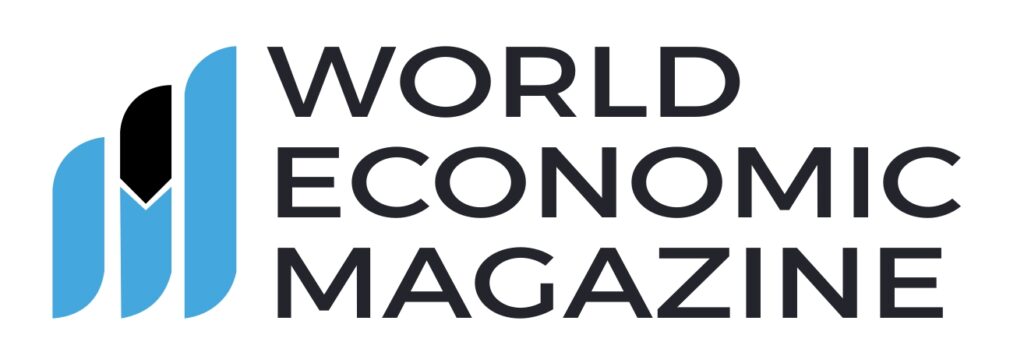
What Are The Costs Of The Coronavirus in Terms Of Education?
Do you want to learn more about the economy? Are you also curious about education, as schools were unsure how to operate due to the pandemic or the uncertainty of the variants/wave? Many global financial magazines (2022) have discussed the coronavirus’s financial implications for education.
The global corona virus outbreak has caused significant changes in education, necessitating extraordinary flexibility, passion, and commitment from all types of educators. While schools and colleges were asked to operate from a distance, this not only created practical challenges for suppliers, but also put cost burden on their resources.
According to a report from a best economics magazine mentioned, glancing at employment market analysis in the United States, the United Kingdom, and Europe, approximately 20% of the working population may have to consider taking time off work to care for family responsibilities or their children who are dependent on them in the event of education cuts. If this situation or process continued for four weeks, the GDP of these regions would fall by 1.5%.
Many studies on the same topic were being conducted at the same time, and one study that focused solely on the United Kingdom discovered that a month of school closure could reduce the country’s GDP by 3%. Despite this, numerous studies have focused on the US case. One study, published in 2009 and also featured in Global Financial Magazine 2022, estimated the cost of closing schools to keep guardians from working under the federal government’s Community Strategy for Pandemic Influenza Mitigation. It would cost somewhere between ten and forty-seven billion dollars, or 0.1 and 0.3% of the US GDP, to close schools for one month.
In addition, educational institutions were confronted with difficult questions about their current and potential processes, and it would be prudent for them to conduct upfront cost and risk assessments, as well as seek government assistance or health coverage as needed. Suppliers may try to provide a mix of privately and publicly funded courses, so be aware of the unique offering as well as any assistance or other indicators that may be available.
State-Funded Education:
The Department of Education acknowledged that state-funded schools would continue to receive funds for the upcoming academic year. Still, the uncertainty about COVID-19 variants remains static, which provides the entire education prospective, such as increased onsite costs for which schools remain open even during holidays for vulnerable children as well as serious workers’ children. While there are some school systems that aid with free school lunches that are not covered by the national voucher program,
Because of the strict economic support criteria, school districts must take the time to consider whether their extra costs are eligible for reimbursement as well as whether they will fall within the specified total limit. Any costs not on the eligible list should be approached with caution due to the uncertainty of reimbursement. Furthermore, to avoid future complications, schools should keep accurate records of all expenses incurred while the reimbursement process is in place. To read more about the reports and news, please follow Global Financial Magazine 2022.
Providers of Higher Education
Universities and most educational institutions are already trying to provide virtual educational facilities where feasible to allow students to pursue their degrees and similar qualifications.
According to the SLC, regardless of whether one’s university or supplier has created alternative learning plans, students will be given the upcoming instalment of their maintenance loan at the scheduled start of their summer session. Transfers to educators for tuition fees appear to be unaffected.
Although a few universities have requested extra funding and urgent loans, the Office for Students (OfS) has stated that higher educators may be eligible for the two-coronavirus business interruption loan schemes and the COVID-19 Corporate Financing Facility. While negotiations with the Department of Education continue, universities should maintain their business continuity plans and ensure that the scope of their insurance programs is clear.
Private Independent Providers
Independent school suppliers and individuals who provide skills and experience that are not eligible for public funding must strike a balance between protecting finances, keeping employees on the payroll, and accommodating learners’ and/or their families’ changing financial circumstances. To discourage parents from withdrawing their children from school, a few fee-paying school systems are offering discounts, refunds on services no longer provided (such as school meals), and greater fee payment flexibility. Similar initiatives will undoubtedly be considered by providers of privately funded qualifications. Nonetheless, such concessions frequently come at a cost because they cover a large portion of a provider’s expenses and outgoings.
Finally, we can only concentrate on the present and try to avoid all odds while working with the government to maintain economic stability. Education is critical in shaping a country’s future. We must band together and focus on quality education; the new normal is the current normal, and we must resume our work accordingly. To stay up-to-date on the current economic news, follow us @worldeconomicmagazine.



